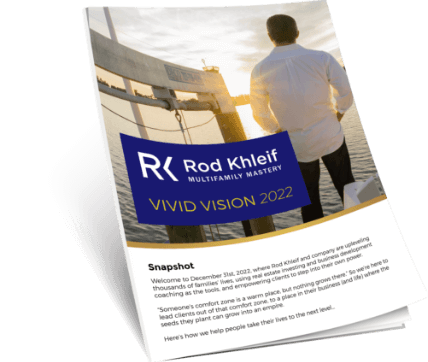If you ask any major league hitting coach, the secret to hitting a fastball is all in how you time your swing. As Yogi Berra said, “You don’t have to swing hard to hit a home run. If you got the timing, it’ll go.” In a sport where milliseconds matter, timing is everything. read more I’ve often encountered this in would-be real estate investors:
- Is this the right moment to buy my first rental property?
- Did I miss my window by not buying back in 2009 when prices were low?
- Should I be worried about an upcoming market correction?
- Should I wait for the next market correction?
Timing matters in real estate, but I’m glad to say that buying a rental property is much easier than hitting a major league fastball. Instead of dealing with milliseconds, we get to look at how trends evolve over longer periods of time. And, as far as I can see, those trends are all still pointing in one direction: If you remember to focus on cash flow, now is still a great time to become a landlord.
Here are 7 reasons to back up that claim:
- Homeownership Rates are near the lowest they’ve been in 25 years.
At the end of July, the homeownership rate in America came in at 63.7%. While this represents an improvement over the 62.9% rate in mid-2016, it remains quite low.
This drop in homeownership has nothing to do with decreased demand for housing. Rather, an increase in demand, coupled with drastically low levels of inventory across the nation, is what’s making it difficult for buyers to find and secure housing.
For landlords, this means there are plenty of people out there looking to rent, not because they can’t afford a mortgage, but because they can’t find something to buy.
- Rents are rising higher than inflation.
In most areas, rental rates have outpaced inflation for quite a while. While there’s some indication that this is softening in high-end luxury rental markets, the rest of the rental market is holding steady.
In short, this means that a well-located property with positive cash flow is positioned to grow nicely relative to the economy in general, creating a compound effect over time.
- Rents weathered the recession better than home values.
According to the U.S. Census Bureau, the median asking rent for rental units rose from $660 to $710 per month during the 2008-2009 recession. The median asking price for homes for sale during that time dropped from a peak of $190,000 to $160,000.
As I’ve written about elsewhere [link to the cash flow post], betting on appreciation and market-timing is a bad way to invest in real estate—especially when the market takes a turn for the worst. If you’re focused on cash flow, however, you don’t have to worry nearly as much (or at all) about the market turning against you.
- The shape of the American economy is changing.
Whereas manufacturing was dominant in the 90’s, service sector jobs have surpassed manufacturing as America’s top industry. Still, despite the fact that these jobs now represent about 80% of the U.S. economy, service sector wages remain relatively low.
The vast portion of workers in the U.S. who work in service-related jobs don’t make enough to purchase a home. These workers are nevertheless stable and well employed, making them a fantastic pool of potential renters from which to draw.
- Family norms are shifting.
50% of Americans between 18 and 23 still live at home. Marriage rates have also been in steady decline; the percentage of married adults dropping below 50% for the first time in 2014. Those who do choose to marry are waiting longer to do so than ever before.
Because social norms surrounding family life are evolving, so are people’s housing needs. As the life events that typically trigger homeownership (marriage, childbirth, etc.) get pushed back later into life, the need for rental properties will continue to rise.
- Because millenials.
In addition to the stats mentioned above about living at home, members of the millennial generation are deliberately choosing to rent rather than buy. Why?
- Renting is perceived as the more frugal option.
- Millenials prefer the freedom and flexibility of a lease vs. a mortgage.
- Renting allows millennials to live in otherwise unaffordable neighborhoods.
- They’re afraid of prematurely committing to a neighborhood.
- Younger professionals or those with “alternative” forms of employment often have trouble obtaining a mortgage—despite stable, consistent income.
Whatever we might make of those reasons, the fact remains that nearly two-thirds of Americans under age 35 are choosing not to purchase a home. For a landlord, that means an entire generation of people who would rather rent your property than buy their own down the street.
- There will always be a need for affordable housing.
After we’ve analyzed all the recent trends, one trans-historical fact remains: everyone needs a place to live! Whatever the market does or doesn’t do, there will always be human beings in need of a place to call home. By becoming a landlord, you’re signing up to sell a product that will never go out of style.
Conclusion
For the reasons I’ve laid out above, right now is a fantastic time to invest in rental property. And, as I’ll continue to argue until I’m blue in the face, the best way to do that is to use multifamily investment properties to build a lifetime of sustainable cash flow.
If you’re interested in learning more about multifamily real estate investment, I’ve written a book just for you. Best of all, it’s 100% free. Click here to grab your copy.
Related quotes to consider:
[Follow Rod on Instagram for tons of great quotes]








